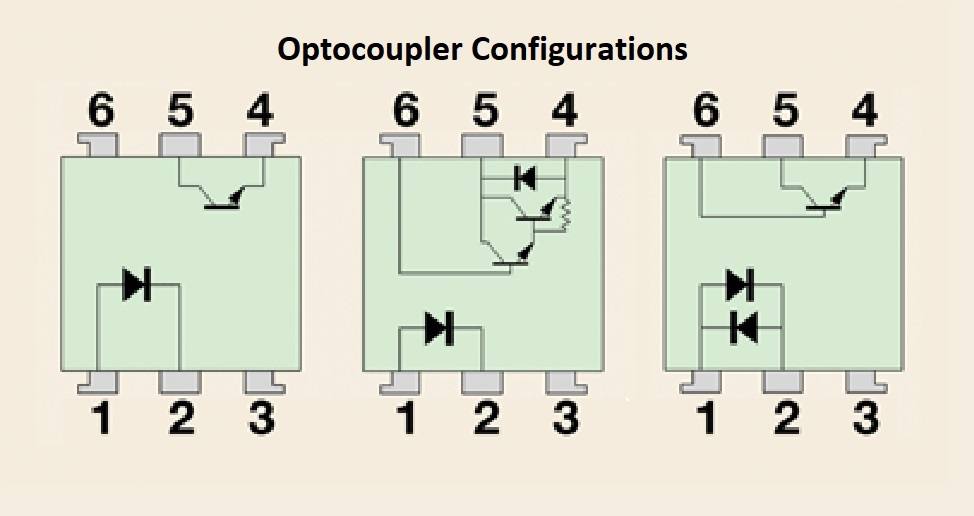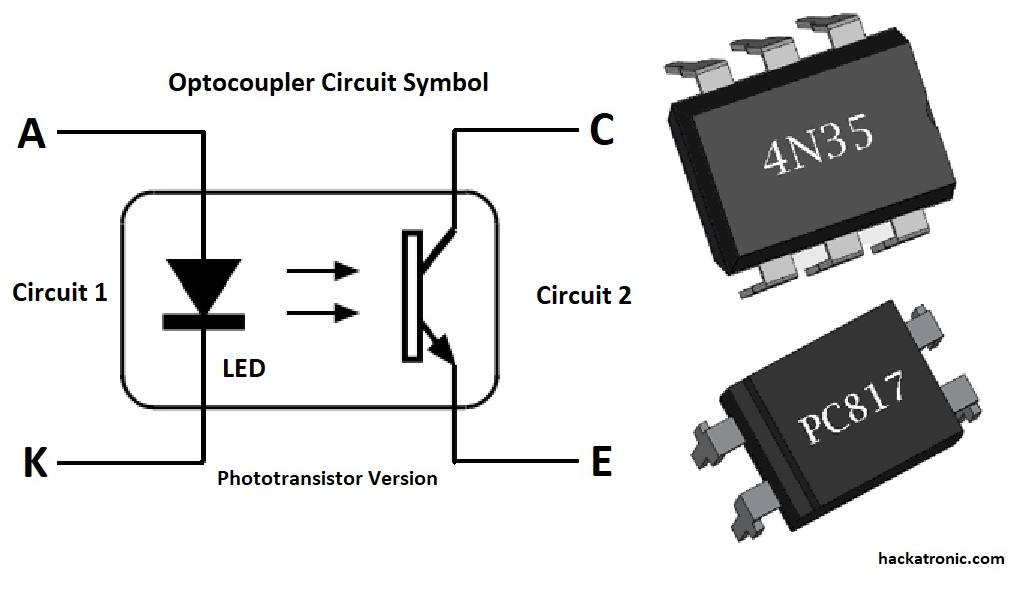Optoisolators and Optocouplers what are the differences?
There are differences between optoisolator and optocoupler. The differentiating factor between these two is the operating voltage between the input and output.
-
Opto-isolators:
optoisolators are used between high power circuits where the potential difference is higher than 5000V to transmit analog or digital information.
-
Opto-couplers:
optocouplers are used in circuits where the potential difference is below 5000V. They transmit data between two circuits while maintaining electrical isolation.
This is the difference between optocouplers and optoisolators but these names can be used interchangeably.
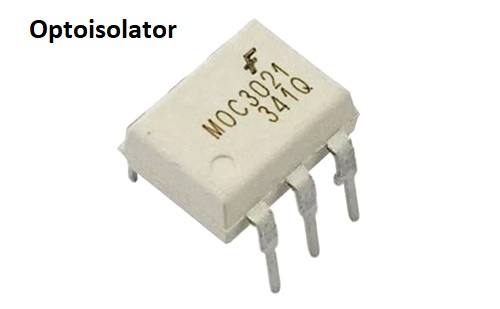
Optoisolators and Optocouplers Basics:
Light Emitter:
Light Detector:
A light detector can be a photodiode, a phototransistor, or a photodarlington. It detects the lights coming from the emitter and converts them into an electrical signal at a higher voltage.
Both are made for the same wavelength range for good efficiency. The optoisolator or optocoupler may contain some extra circuit within it like an amplifier.
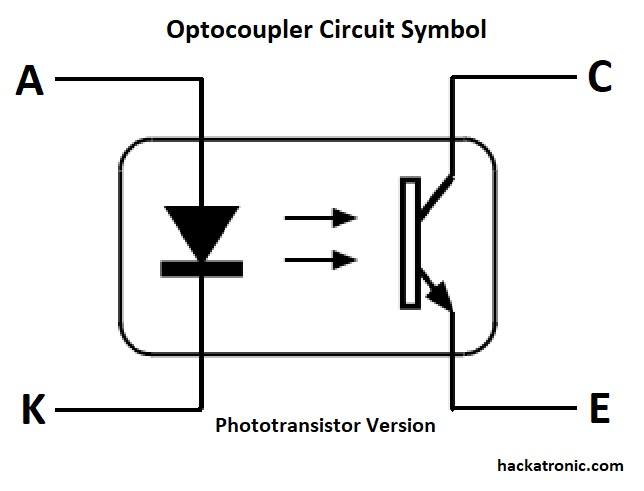
Symbol of Optocoupler:
The configuration of the optocoupler varies depending on requirements. The emitter side remains almost similar, but the sensor side can be different, it can be a photodiode, phototransistor, or a photodarlington.
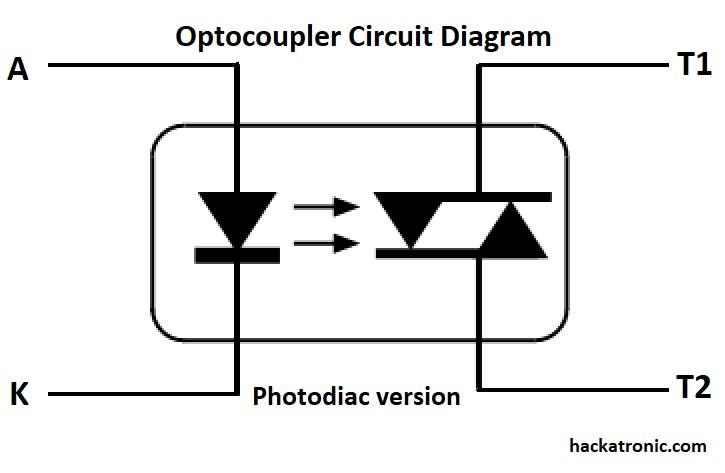
Optocouplers and solid-state relays:
optocouplers are used to switch solid-state relays like Triac and SCR. They are a very important part of the switching circuit as they provide a very high value of resistance and isolate input from the output. they are widely used in AC, DC power systems SMPS and other types of power supplies.
Optocoupler can switch a few hundreds of volts and few amperes of current but solid-state relays can work on hundreds of thousands of volts and hundreds of amperes of current.
